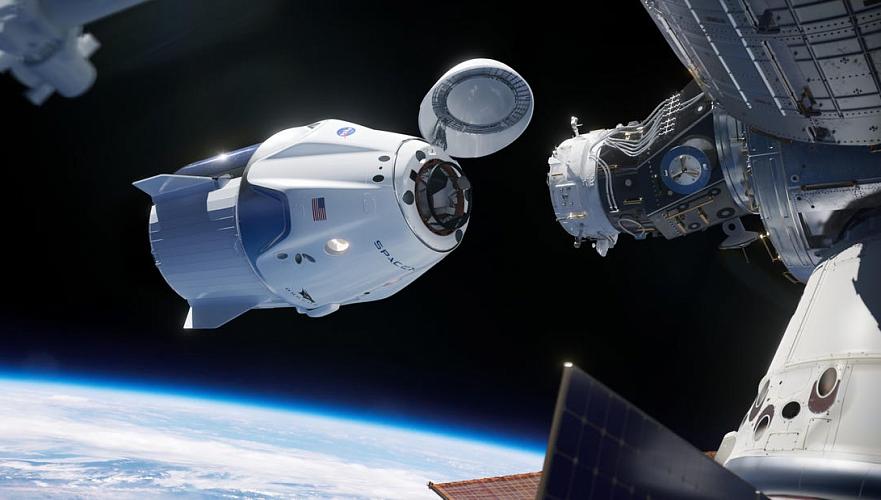Now, the Crew Dragon’s passengers — NASA astronauts Bob Behnken and Doug Hurley — are set to begin an extended stay on board the ISS that could last up to four months. They will join three crew mates already living on board the station: NASA astronaut Chris Cassidy and Russian cosmonauts Anatoly Ivanishin and Ivan Vagner.
“It’s been a real honor to be a small part of this nine-year endeavor since the last time a United States spaceship docked with the International Space Station,” Hurley said after docking completed. “We have to congratulate the men and women of SpaceX, at Hawthorne McGregor and at Kennedy Space Center. Their incredible efforts over the last several years to make this possible can not go overstated.”
The Crew Dragon’s docking showcased one of the biggest features of SpaceX’s capsule: its automated docking system. The vehicle is designed to autonomously approach the ISS and latch on to a standardized docking port, without any input from its human passengers. SpaceX successfully showcased this ability last year when the company sent a test version of the Crew Dragon to the space station without a crew on board. But this time, the company needed to prove that the Crew Dragon could deliver when it had its most precious cargo on board.
This automated docking capability is a significant upgrade for the Crew Dragon. The predecessor to the capsule, SpaceX’s cargo Dragon, did not have this capability when it delivered supplies and food to the ISS. For all of those cargo missions, astronauts on board the ISS had to use the station’s robotic arm to grab hold of an approaching cargo Dragon and bring it onto a docking port. That technique is known as berthing, and it requires a lot of work from the astronauts on board the ISS. The Crew Dragon’s automated capabilities should help free up time for the astronauts to work on other things when new crews arrive.
Astronauts flying inside the Crew Dragon still have the capability to take over manual control of the vehicle if necessary. In fact, Behnken and Hurley tried out some manual flying during their time in space — once after launching and a second time during their approach to the space station. Flying the vehicle manually involves interfacing with the Crew Dragon’s sleek interior touchscreen displays. The gloves of SpaceX’s pressure suits are touchscreen-compatible, allowing the astronauts to interact with the screens while suited up if necessary. When the crew got to 220 meters out from the ISS, Hurley demonstrated that he could fly the vehicle while gloved before the automatic docking system took over. The plumes from the capsule’s tiny thrusters could be seen from the space station’s cameras as the vehicle inched toward the ISS.
Photo source: picture from an open source
